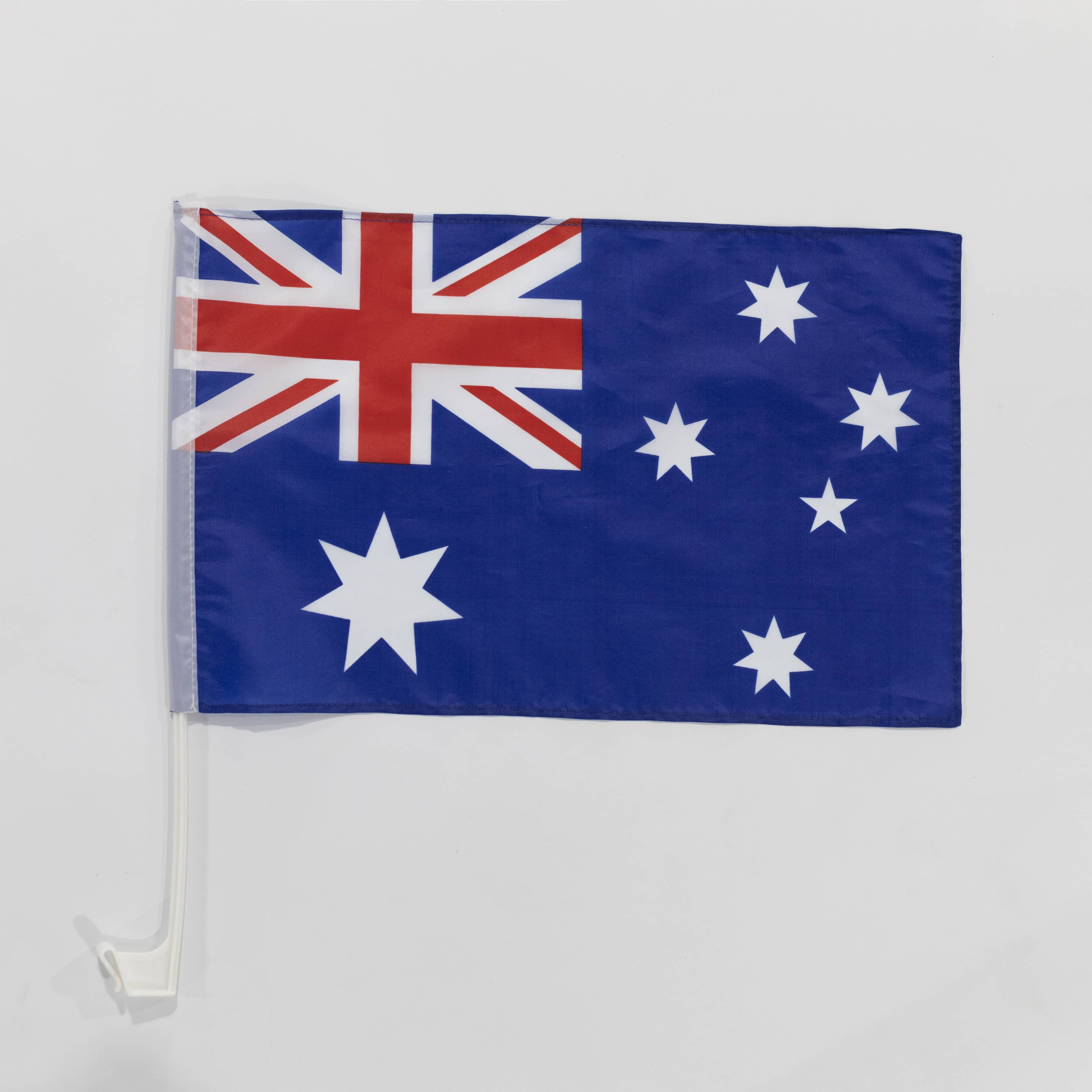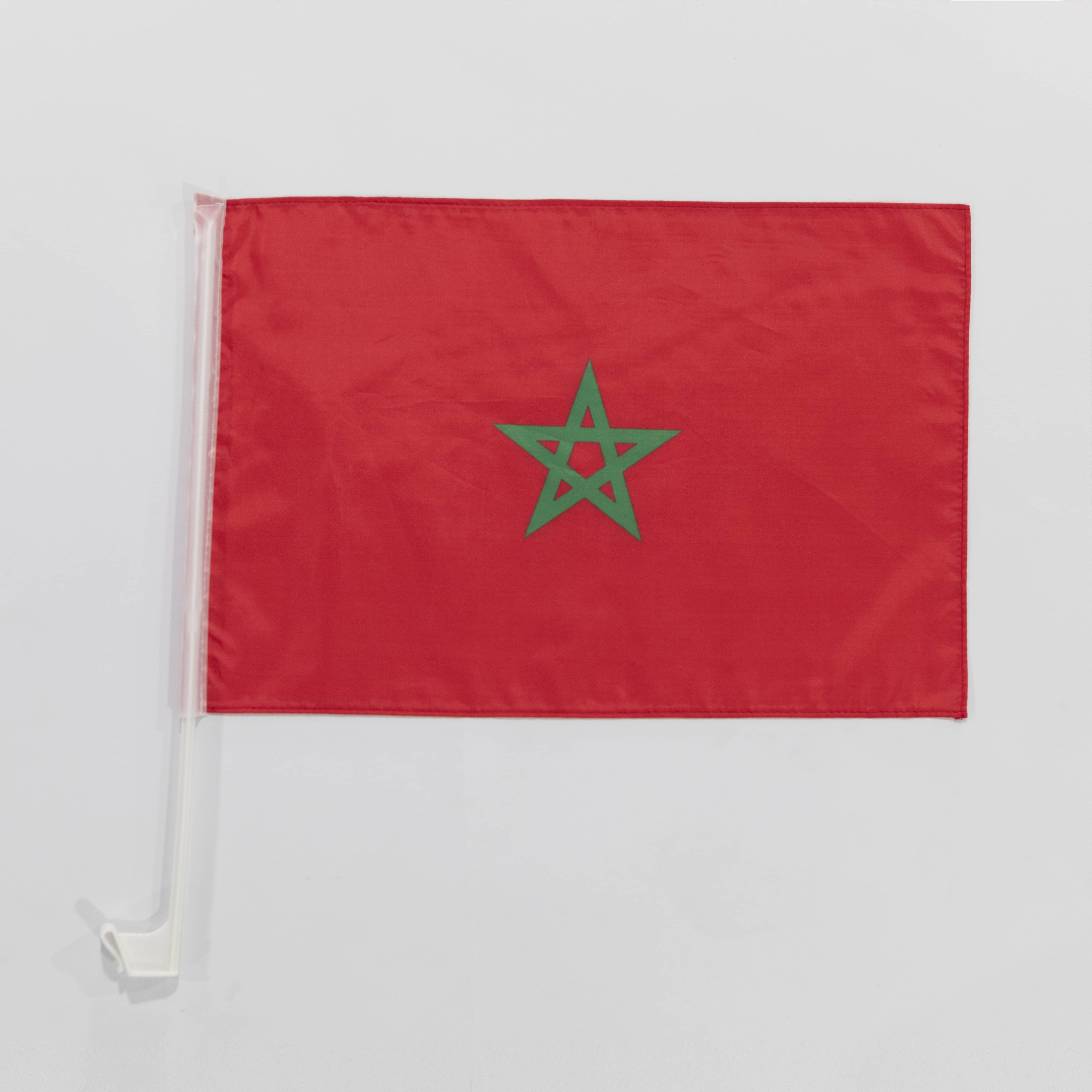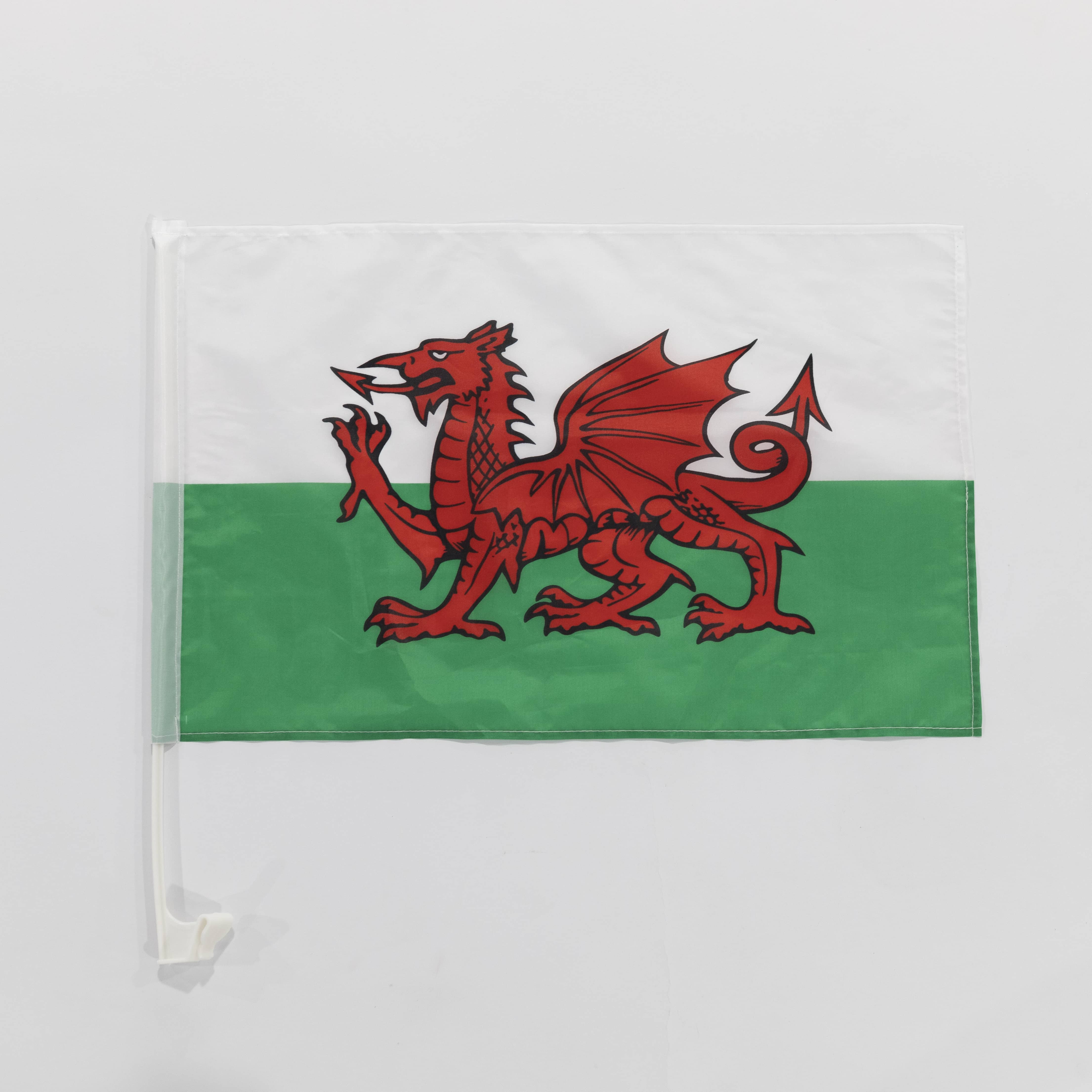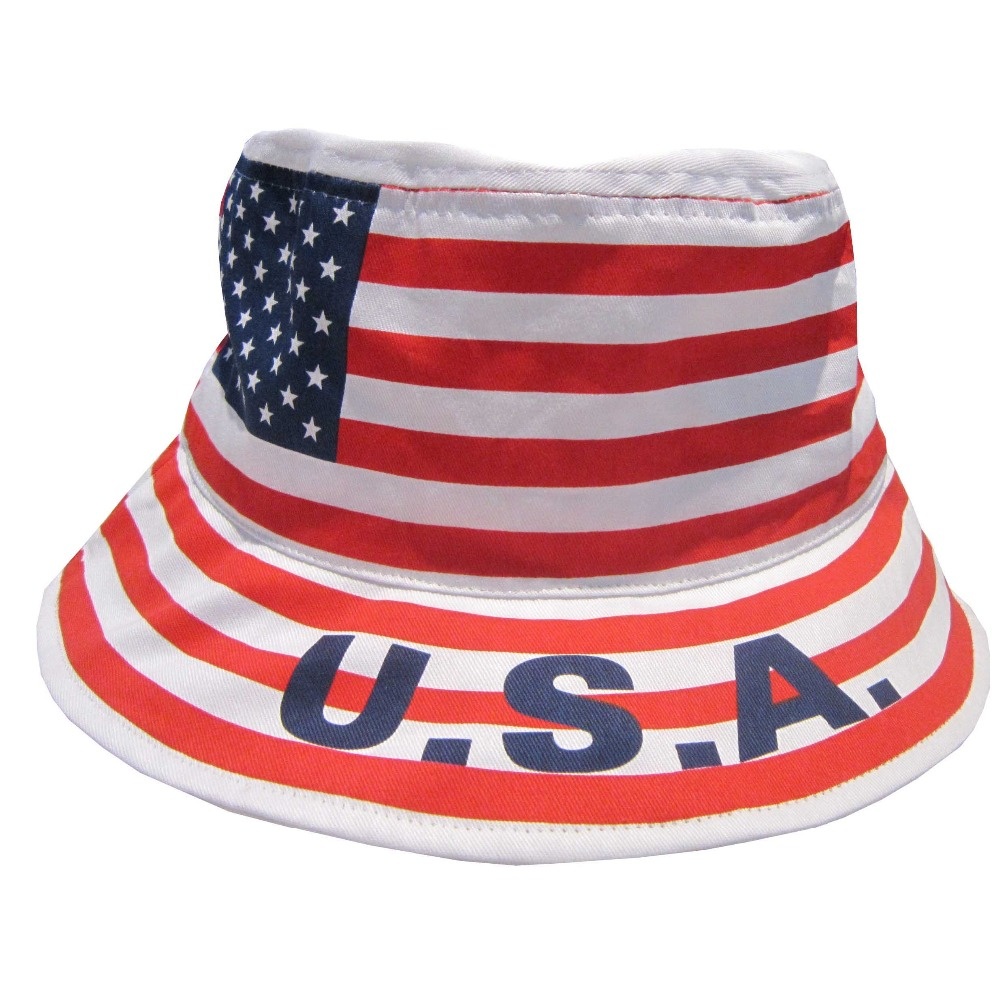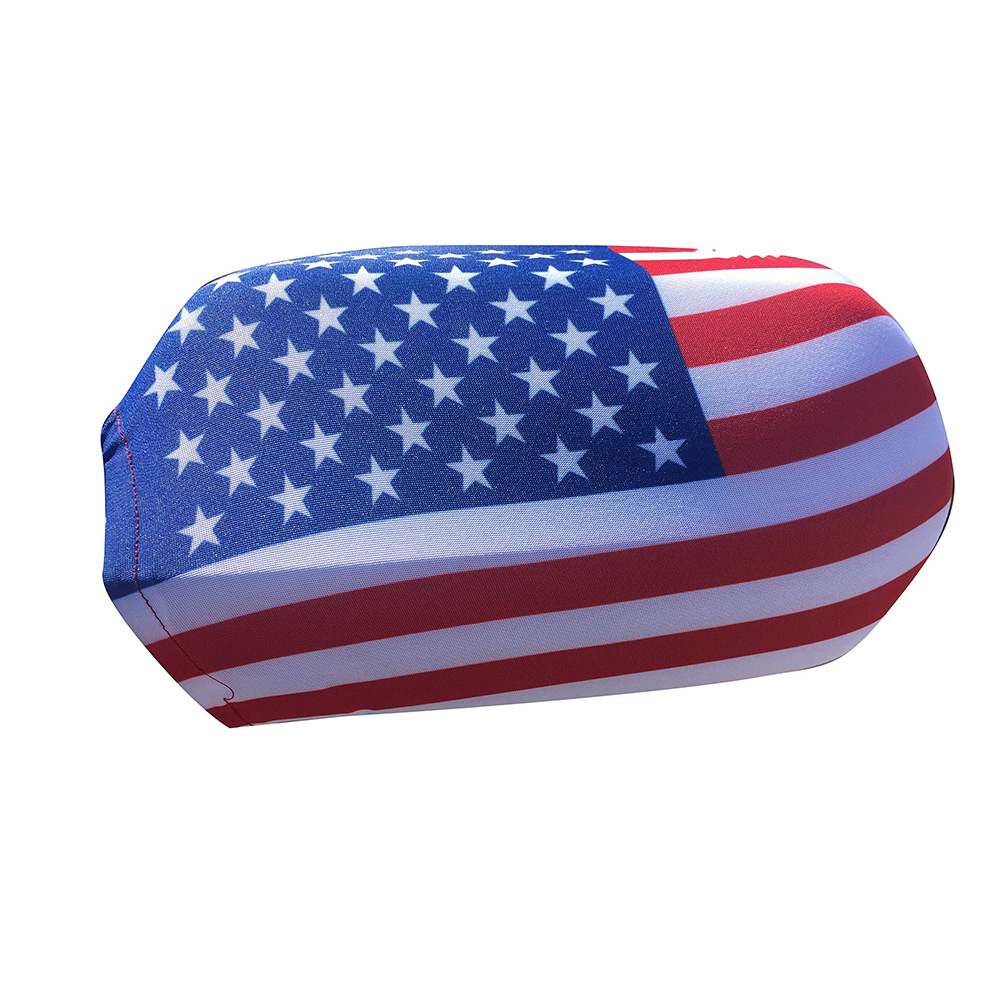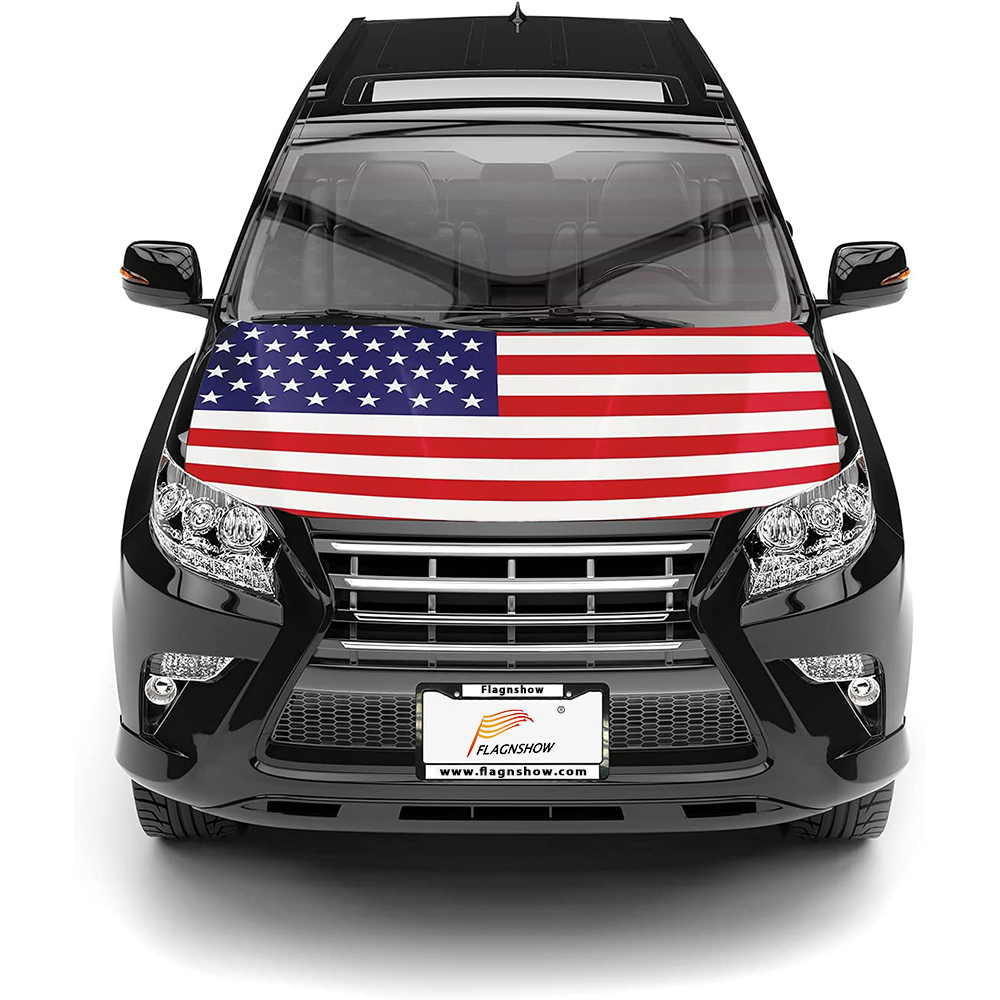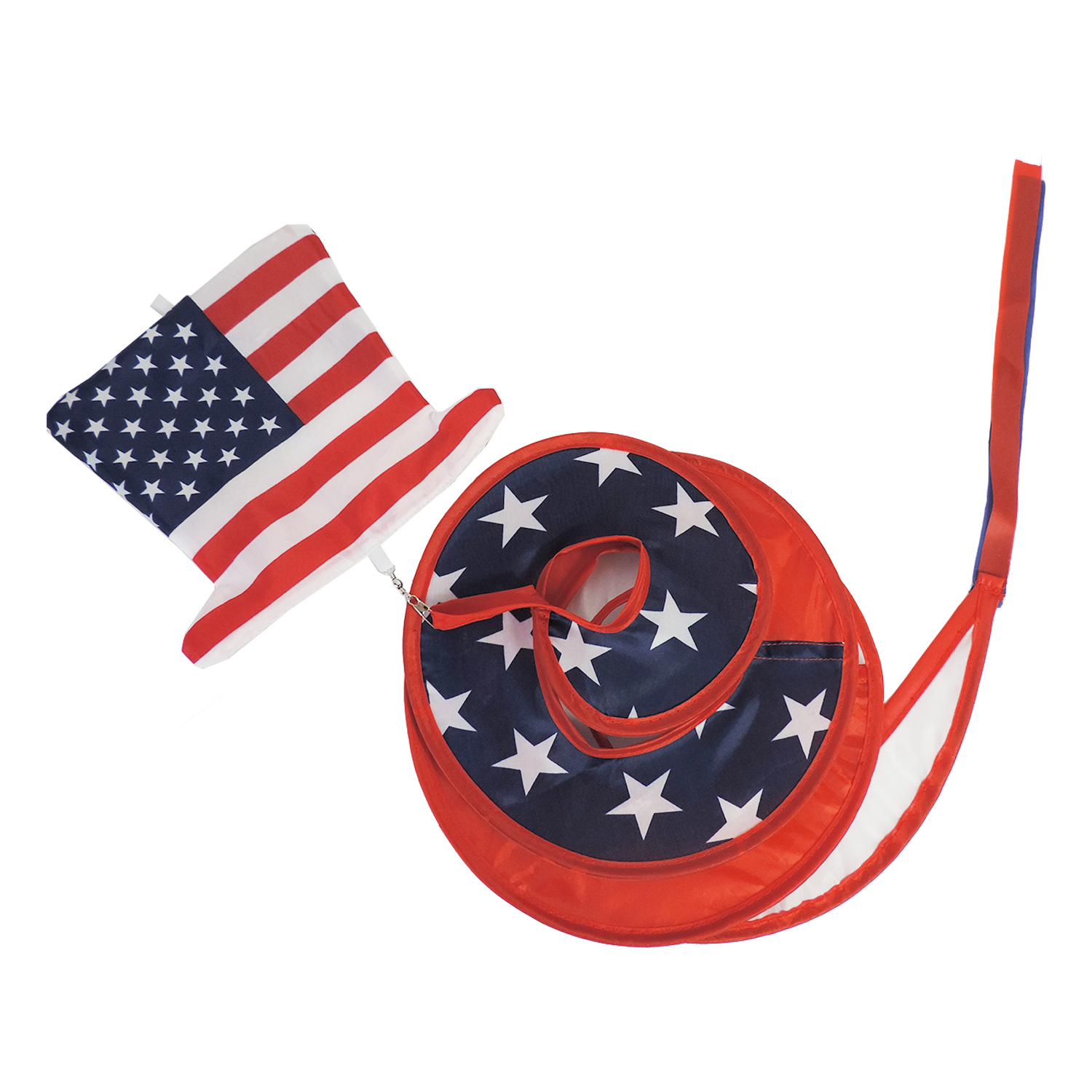American Flags
American Flags
Flag of the United States
The flag of the United States is commonly known as the "Stars and Stripes" and is officially known as the "Flag of the United States". It is composed of 13 red and white stripes and 50 stars
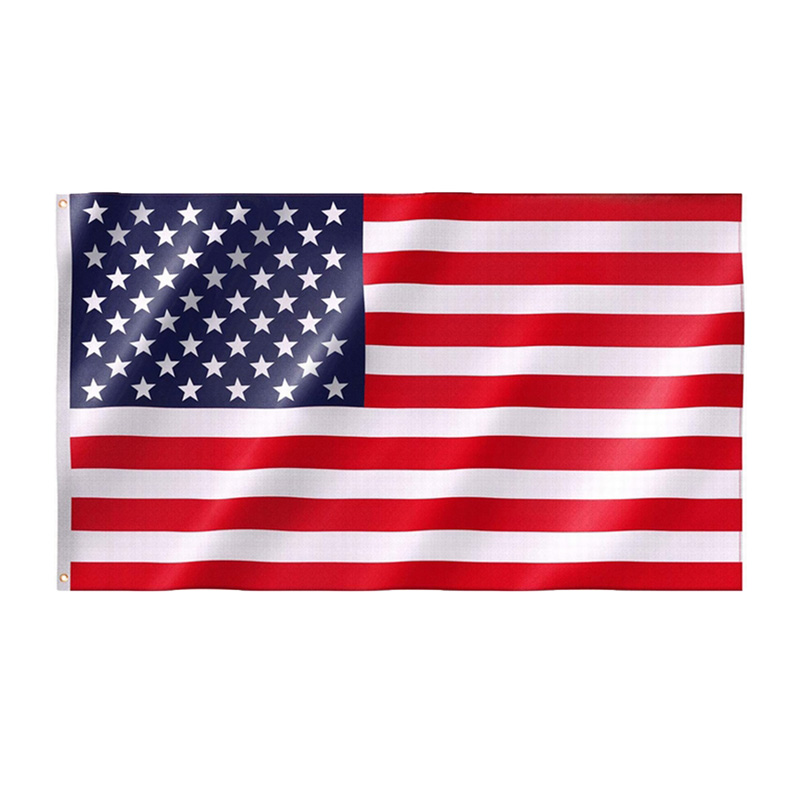
It is composed of 13 red and white stripes and 50 stars. The flag is a symbol of all the freedoms guaranteed by the U.S. Constitution and the Bill of Rights. Most of the time it is also a symbol of individual liberty.
In the upper left corner of the flag is a blue star zone with nine rows of 50 white five-pointed stars, staggered by six in one row and five in the other. Beyond the stars are 13 red and white stripes. 50 stars represent the 50 states of the United States: the 13 stripes represent the original 13 North American colonies. And every year, June 14 is designated as the "U.S. National Day of Remembrance.
On this day, commemorative events are held throughout the United States to show respect for the flag
The 13 horizontal lines represent the original 13 colonies.
The 13 horizontal lines represent the thirteen original independent colonies and the 50 stars represent the 50 states of the United States.
There are 50 states in the United States, Namely
1, Alabama, Alaska, Arizona, Arkansas, California, Colorado, Connecticut, Delaware, Florida, and Georgia.
2, Hawaii, Idaho, Illinois, Indiana, Iowa, Kansas, Kentucky, Louisiana, Maine, Maryland.
3, Massachusetts, Michigan, Minnesota, Mississippi, Missouri, Montana, Nebraska, Nevada, New Hampshire, New Jersey.
4, New Mexico, New York, North Carolina, North Dakota, Ohio, Oklahoma, Oregon, Pennsylvania, Rhode Island, South Carolina.
5. South Dakota, Tennessee, Texas, Utah, Vermont, Virginia, Washington, West Virginia, Wisconsin, Wyoming.
Of course every country has its own flag etiquette, and the United States is no exception.
The United States has the following rules for the way the flag is to be flown.
l. The flag, when raised with other flags in front of the marching line, shall be located before and in the center of all flags.
2. the national flag, when raised with another flag, shall be located on the right side.
3. when the national flag is crossed with one flag, it should be located on the left side with the flagpole in front.
4. when the national flag is hoisted vertically, the star area is on top.
5. the national flag shall be located at the top when it is flown on a flag rope with the state flag, city flag or other group flags.
6. the national flag shall be located at the right end of the first row on the venue.
7. when the national flag is flown together with other flags, it should be located in the middle and above the other flags
8. when the flag is flown over the street, the star area should face north or east.
9. the national flag should be located on the right side of the speaker in the pulpit
10. when the flag is laid on a casket, the star area should be located above the left shoulder of the deceased
11. when the flag is hung on a car, it should be securely fastened to the body.
The United States also requires that no objects or insignia be placed on top of the flag, and that the flag not be hung in a dirty place.
Sometimes Americans also take an oath to the flag. The oath was written in 1892 by Francis Bellamy, the editor of the American Youth Companion magazine. The full text of the pledge reads, "I pledge allegiance to the flag of the United States of America, the United States of America, and to the Union which she represents - one nation under heaven, indivisible, where there is liberty and justice for all."
An act enacted in 1942 states that Americans should take the oath to the flag in a standing position, with the right hand solemnly placed on the left breast as a sign of reverence for the flag.

